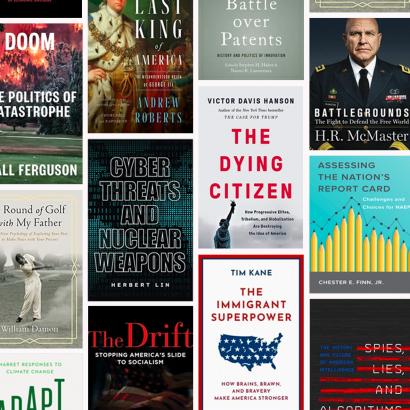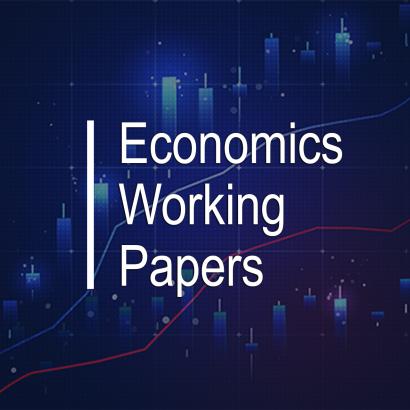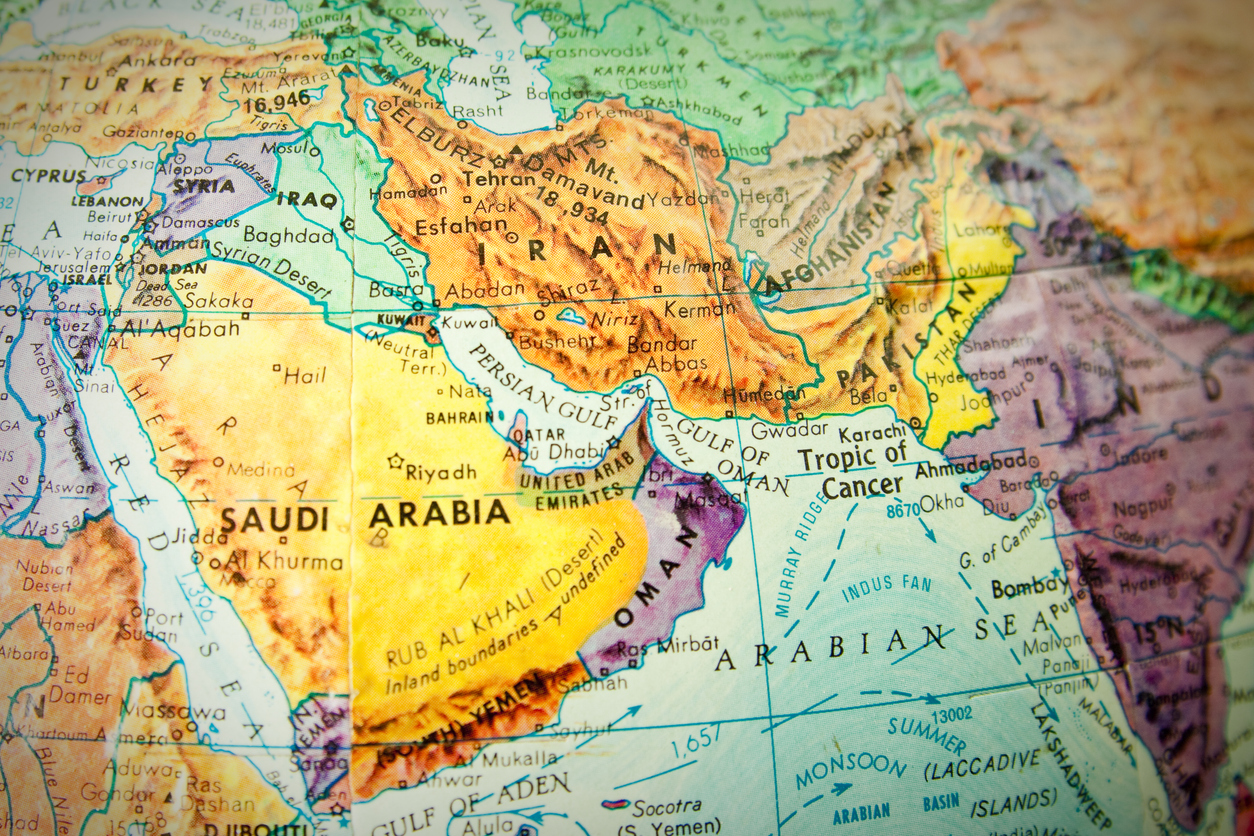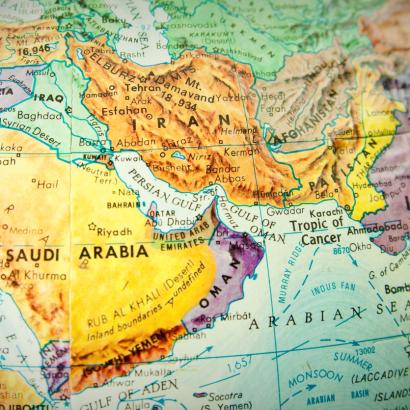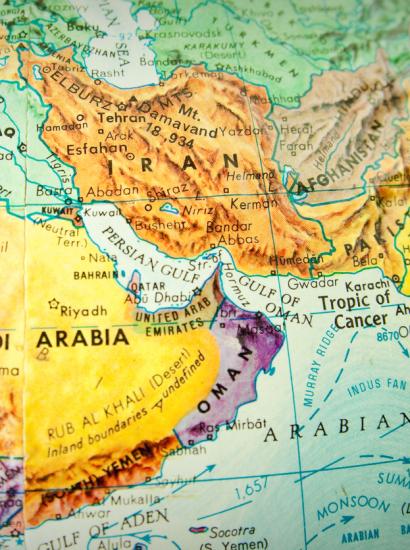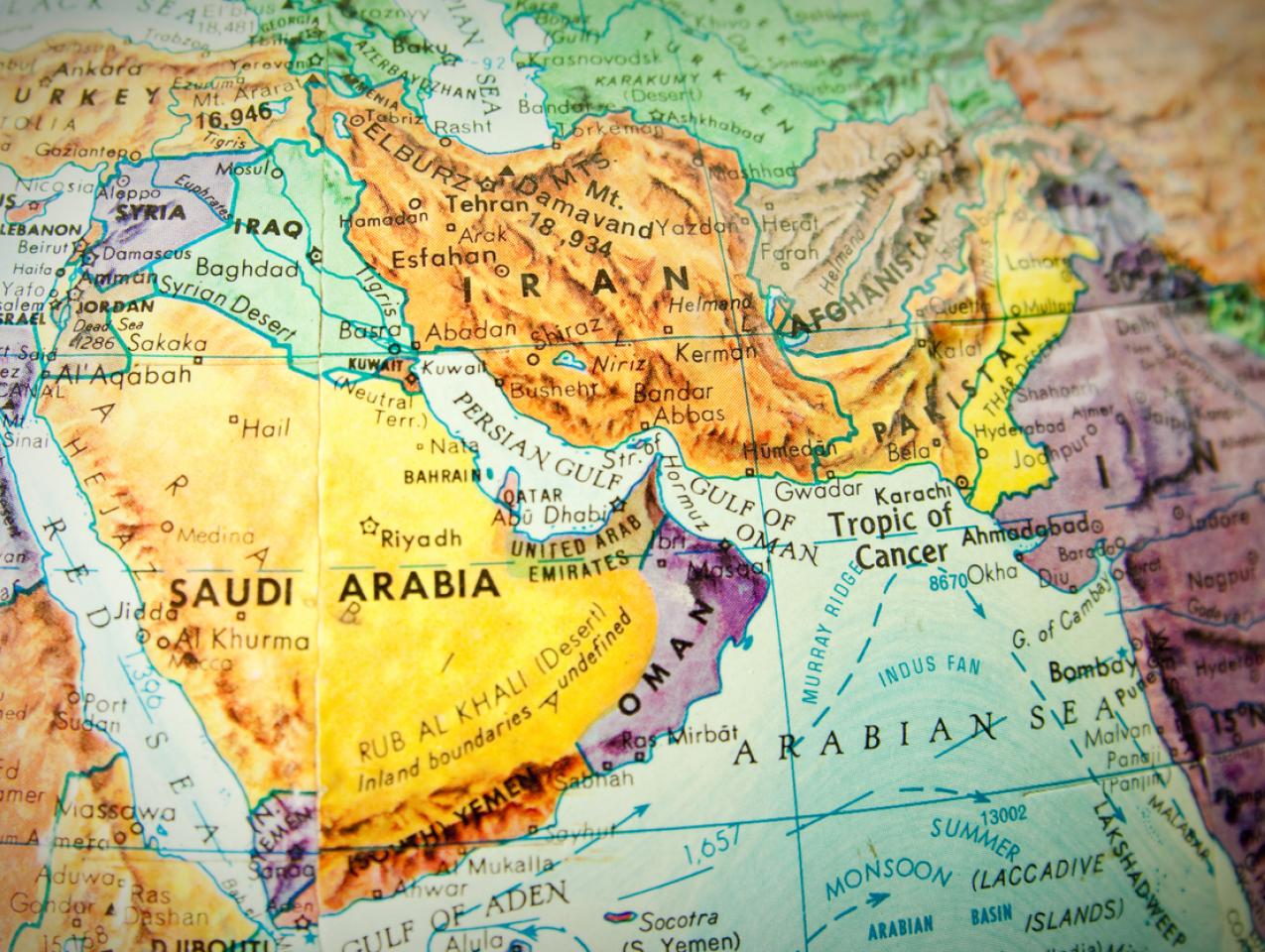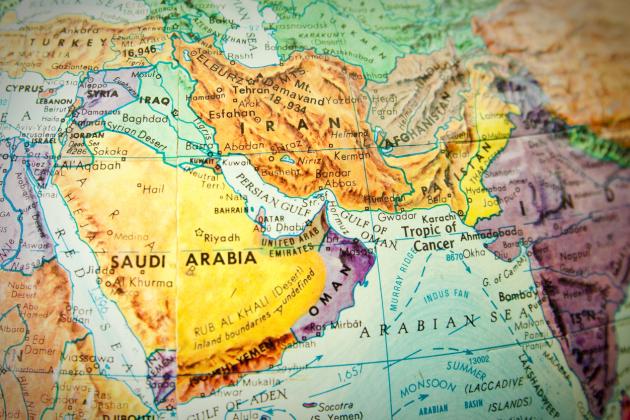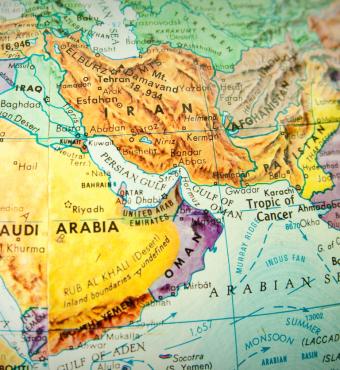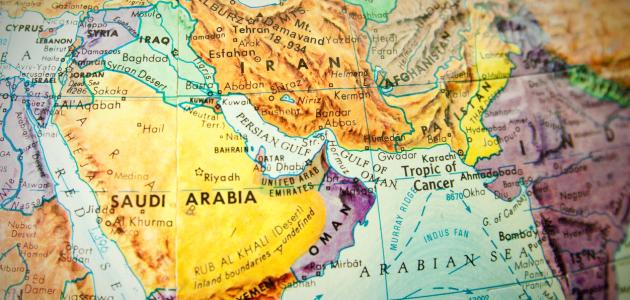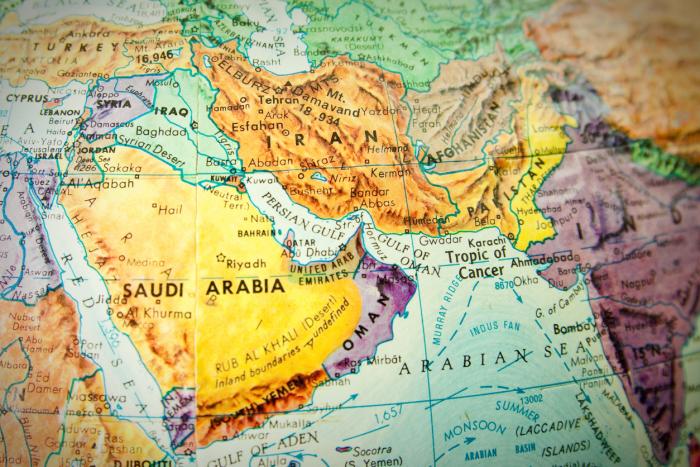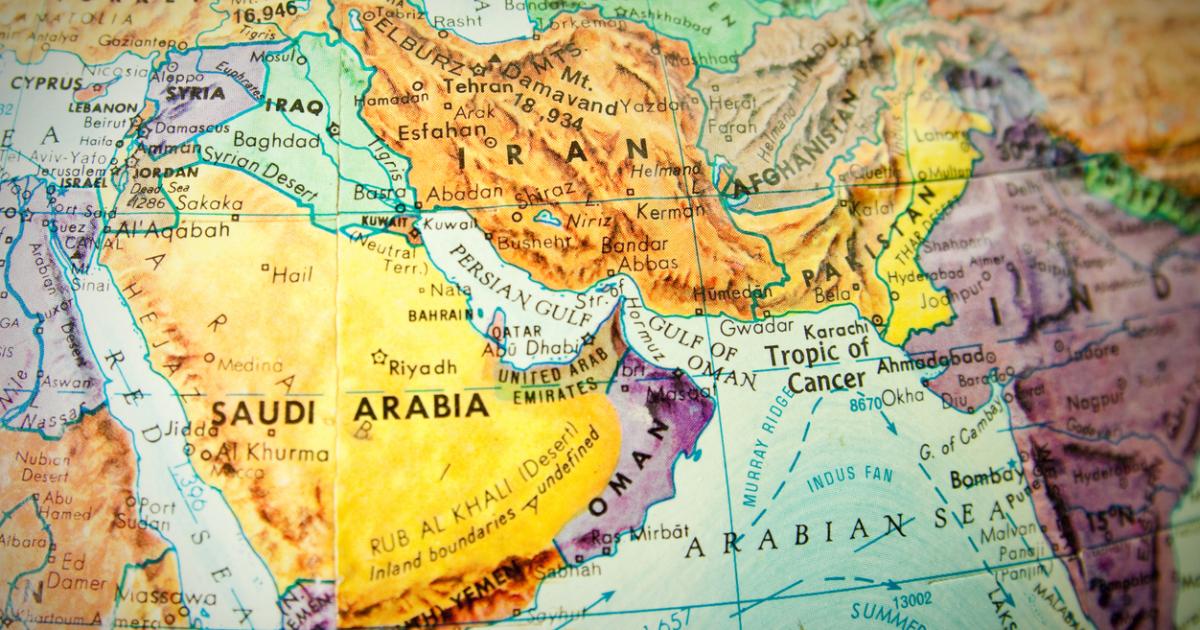- Middle East
- Determining America's Role in the World
US Middle East policy, laid out by President Trump in May, sees a Middle East defined by commerce, not chaos. By both its pronouncements and actions, the administration signals it is not isolationist but focused on resolving major international problems. The Middle East remains a top priority, as the administration seeks to build on the Abraham Accords of the first Trump administration and the broad regional defeat of Iran over the past two years. Together, these trends aim at aligning Israel with Arab states and creating regional stability that will still require American engagement but not major resources or the risk of war.
President Trump’s speech in Riyadh in May not only presented his vision for the Middle East, similar in some respects to those of other presidents in their first year but charted a dramatic shift in overall US policy towards that region. Trump made clear, by stressing his military action against the Houthis and his deep diplomatic engagement with Lebanon and Syria, that the US remains committed to stability throughout the region, as well as readiness to make peace, including with Iran (“I am ready to end past conflicts and forge new partnerships”). But he also stressed his differences with prior administrations’ Middle East policy over the past thirty years by emphasizing (1) the responsibility—and capability—of regional states to advance stability and progress economically and socially on their own (“birth of a modern Middle East has been brought about by the people of the region themselves”); (2) dramatic dismissal of American interference in regional states’ internal affairs or nation building (‘the greatest transformation has not come from Western interventionists”); and (3) strong emphasis on business opportunity as beneficial both to American interests and regional development (“forging a future where the Middle East is defined by commerce, not chaos; where it exports technology, not terrorism”).
The Larger Vision
After seven months, it is clear that the Trump administration is not isolationist, but focused on resolving major international problems. While China is the priority, conflicts in Europe, specifically Ukraine, and the Middle East, will not be neglected. But Trump and his team see the way forward as a mix of “by, with, and through” local partners, such as Israel, Turkiye and Arab states in the Middle East, forceful, decisive US military action when required, such as the recent bombing of Iran, and US deal-making to resolve specific conflicts. This is more an evolution of policy than a dramatic departure, but several key elements are new.
First, the administration not only rejects intervention in other states’ internal affairs, as the President stressed in Riyadh, but also the whole bureaucratic paraphernalia of “soft power” developed in the State Department and other institutions (USAID, USIP, National Endowment for Democracy, VOA and RFE) over the past eighty years. This means that diplomacy is seen strictly as state-to-state, not people-to-people, and “winning hearts and minds” is no longer a major mission. But soft power is replaced by three hard power instruments: first is the use of economic tools. This includes sanctions, as deployed by prior administrations, but also tariffs, trade facilitation, and direct support of American firms, not just as commercial, but as strategic interests; second, willingness to use more high-risk, but decisive military action, seen in the first Trump administration with the strike on Qasim Soleimani, and liberalized rules of engagement against ISIS, and in the second with the Yemen and Iran bombing; third, far greater emphasis on securing specific American diplomatic or economic benefits while pursuing broad international goals.
Abraham Accords And Taming Iran
The Trump administration sees the expansion of the Abraham Accords, and the continued containment of a now much weakened Iran, as the centerpieces of its regional strategy. Closer relations between Israel and Arab states (and, more difficult, between Israel and Turkiye), will provide a potent diplomatic, economic, and military barrier to Iran reconstituting its proxies and regional presence, and pressure Teheran to forego any remaining nuclear ambitions. The specific priorities towards that end are, first, to terminate the Gaza conflict and deploy some sort of international presence to allow Israeli withdrawal without the return of Hamas; second, stabilize Syria and Lebanon; third, negotiate some settlement of Iran’s nuclear account, or if Iran refuses, pressure European states to impose “snapback” sanctions; finally, respond to Houthi attacks in the Red Sea only if they pose a serious menace to navigation.
These steps, by further stabilizing the region, may allow sufficient progress on Israeli-Palestinian relations to enable Saudi Arabia and Israel to establish diplomatic relations, the major prize the Trump administration sees in this term. That would not only open the door to further recognition of Israel by Muslim states, but to dramatic expansion of technological, energy, and other economic ties throughout the region.
A stable Middle East also offers few vulnerabilities for Iran to exploit. From 2000 to 2024 Iran was able to exploit wars (the US intervention in Iraq; later ISIS’ assault on the Iraqi state; the civil wars in Yemen and Syria, and the Israel-Hezbollah conflict in Lebanon in 2006), to expand its sway over the region through ever closer ties to Shia and other minority groups such as the Alawites in Syria and Hamas in Gaza. But Iran’s proxies, to the extent they are still viable, have learned that Iran could not come to their rescue, as Assad fell, Israel decimated Hezbollah and Hamas, and the US struck major Houthi targets. More importantly, Iran’s ability to deter Israeli and US military action through its proxies, terrorism, long range missiles, and threats to regional oil and gas exports, was proven to be largely fiction. This has opened an opportunity for the region to lock in peace and stability in a way it has not seen over the past 85 years.
The end state now envisaged by regional leaders and American diplomats is a “normal” region, analogous to Western Europe, East Asia, and South America. Nations in all three regions have their particular problems, and Europe and Asia face an aggressive superpower on their perimeter, but within that perimeter general peace and stability reign. States are not seeking to seize hegemony at the price of the sovereignty of other states, as seen with Iran, Saddam’s Iraq, and other countries over the past fifty years. Nor are there violent ideological movements threatening terror and state collapse, as seen in the Middle East with al Qaeda, ISIS, and the Iranian Quds Force.
The assumption now is that a critical mass of economic development in Arab states, Turkiye and Israel, a larger sense of collaborative effort, the defeat of disruptive forces from al Qaeda through ISIS to Iran, absence of major outside interference, and continued American oversight, can together transform the region into such a normal status.
Threats to the Vision
Iran remains the greatest single threat, despite its weakened state. As a single entity it cannot return to its former menace, but it could exploit disunity and discord within the region to rebuild its proxy forces and its own nuclear and conventional capabilities, if the region is distracted and divided.
The most serious problem is Gaza. As long as that conflict rages, it isolates Israel from Arab states and Turkiye (and beyond), and saps US diplomatic energy. The Trump administration clearly wants the conflict to end soon, but it, like Israel and Muslim regional states, are unclear what comes next, as Israel has not worked out a credible “day after” Israeli troop departure scenario, and the US has refrained in both administrations from proposing a detailed plan.
The second problem is Syria. At the center of the region, since the 1960’s it has been at the core of the region’s instability, with its wars against Israel, rule by the Assad family, and civil war from 2011 to 2024. That conflict devastated the country, with some 600,000 Syrians killed - twelve million - half the population, displaced, the use of chemical weapons, the rise of terrorist groups notably ISIS, captegon drug exports, and intervention by five outside military forces. Stabilizing Syria after Assad’s fall is a monumental task, given the destruction and displacement, and the hatred among various groups towards others. Of particular concern is growing friction in Syria between Israel and Turkiye. Both states have in many regards similar interests, as modern economies linked to the West and close to Trump. But friction, first over Gaza, and now about Syria’s future, has soured relations seriously, with forces of both countries deployed inside Syria and a violent incident possible.
The solution to all of these threats begins with a unified international community, specifically the Arab states, US, Europe, Israel, Turkiye, the UN and other international organizations and major NGO’s. But such unity requires a leader, a role only the US can play. Fortunately, the Trump administration, with its extremely active regional envoys Barrack and Witkoff, appears willing to do so. And for good reason, as it is well aware that stability brings economic as well as diplomatic advantages, strengthens Washington in competition with China and Russia, and, unlike instability, does not require aircraft carriers and other costly resources needed elsewhere.


